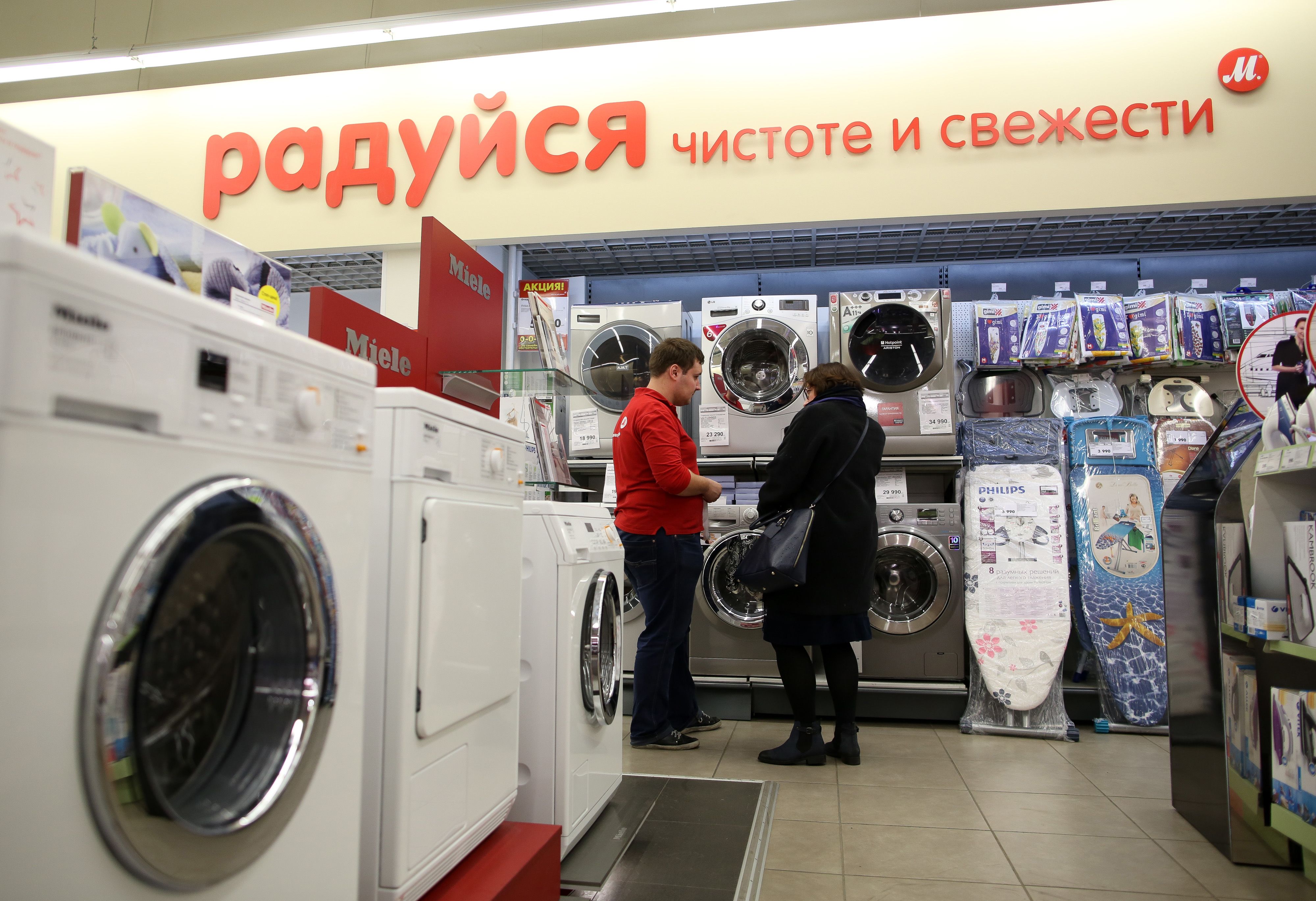Russian consumers are borrowing like the boom times are back even if they haven’t rebuilt their finances after the longest recession in years. That mismatch is casting a shadow over the recovery in domestic demand.
With the savings rate already down near the lowest since 2000, households have little choice in trying to fund their shopping habits. As a result, consumer credit has surged in the first half of the year almost five times as fast as real disposable incomes. Loans without collateral are expanding at a double-digit clip for the first time since 2014, drawing increasingly dire warnings from the central bank, Bloomberg reported.
“If the trend continues, there are risks that amid stagnating incomes, the share of unsecured loans will grow, creating threats for the financial sector,” said Vladimir Tikhomirov, chief economist at BCS Financial Group, a Moscow brokerage. “The situation isn’t yet critical.”
The Bank of Russia isn’t waiting to act. To cool off credit, it will raise risk weights for some unsecured loans to households from Sept. 1.
On Friday, investors got a health check on the Russian consumer as the economy struggles against the strain of US sanctions. Data released by the Federal Statistics Service showed that growth in retail sales slowed in July. Disposable incomes adjusted for inflation rose at a faster rate than forecast after two months of meager gains, with real wages also exceeding estimates.
As four years of monetary easing by the central bank draw to a close, the danger is that the burden of debt will be hard to endure for households and could threaten lenders. For now, a decline in inflation and interest rates is prompting many Russians to take out loans to refinance old obligations. Russia’s United Credit Bureau estimates that a half of new cash loans go toward a partial or complete refinancing of existing debt.
High Confidence
“The population isn’t ready to cut consumption despite a slowdown of growth in real incomes, preferring to reduce savings and increase their own debt load,” said Dmitry Kharlampiev, director of analytics at Bank Otkritie in Moscow.
While mortgages and car loans are contributing to the credit boom, unsecured loans—used often for home renovation, travel and purchases of goods such as home appliances—currently account for around half of the total stock. Russia’s largest electronics chain, M. Video, estimates that about a fifth of its products are bought with credit or on installment plans.
“The excessive growth makes the sector sensitive to a deterioration in the macroeconomic situation and lead to an accumulation of systemic risks among banks with a significant share of unsecured retail loans in their assets,” the Bank of Russia said in a report.
Commercial banks don’t share the alarm. Excluding mortgages, the ratio of consumer credit to household incomes was at 13.3% in June, or almost half the share if home loans are counted, according to Stanislav Duzhinsky, an analyst at Home Credit.
“That’s why risks in retail lending are low,” he said. “People are more confident about the future and are ready for purchases that include the use of credit.”
Russia Copes Well
Fitch Ratings on Friday maintained Russia’s issuer default credit rating at BBB- with a positive outlook, citing ongoing progress in strengthening the country’s economic policy framework, Sputnik reported.
“Fitch Ratings has affirmed Russia’s long-term foreign- and local-currency Issuer Default Ratings at ‘BBB-’ with a positive outlook,” Fitch said in a press release. “The positive outlook reflects continued progress in strengthening the economic policy framework underpinned by a more flexible exchange rate, a strong commitment to inflation- targeting and a prudent fiscal strategy.”
The ratings agency cited Russia’s progress in strengthening its economic policy framework and its fiscal prudence as key to helping to improve macroeconomic stability and increase the country’s resilience to shocks.
Fitch noted that Russia faces the prospect of additional, harsher US sanctions, but said the country’s economy has so far coped well with the most recent round of measures announced by the treasury department in April, despite some initial volatility.
The ratings agency projected Russia’s GDP growth to reach 1.8% in 2018 before slowing to 1.5% in 2019.
The country will likely sustain its disinflation gains of recent years, Fitch said, noting that annual inflation reached a historic low of 2.5% in July. Fitch projected that inflation will rise closer to the central bank target of 4% by the end of the year as favorable supply shocks reverse.


